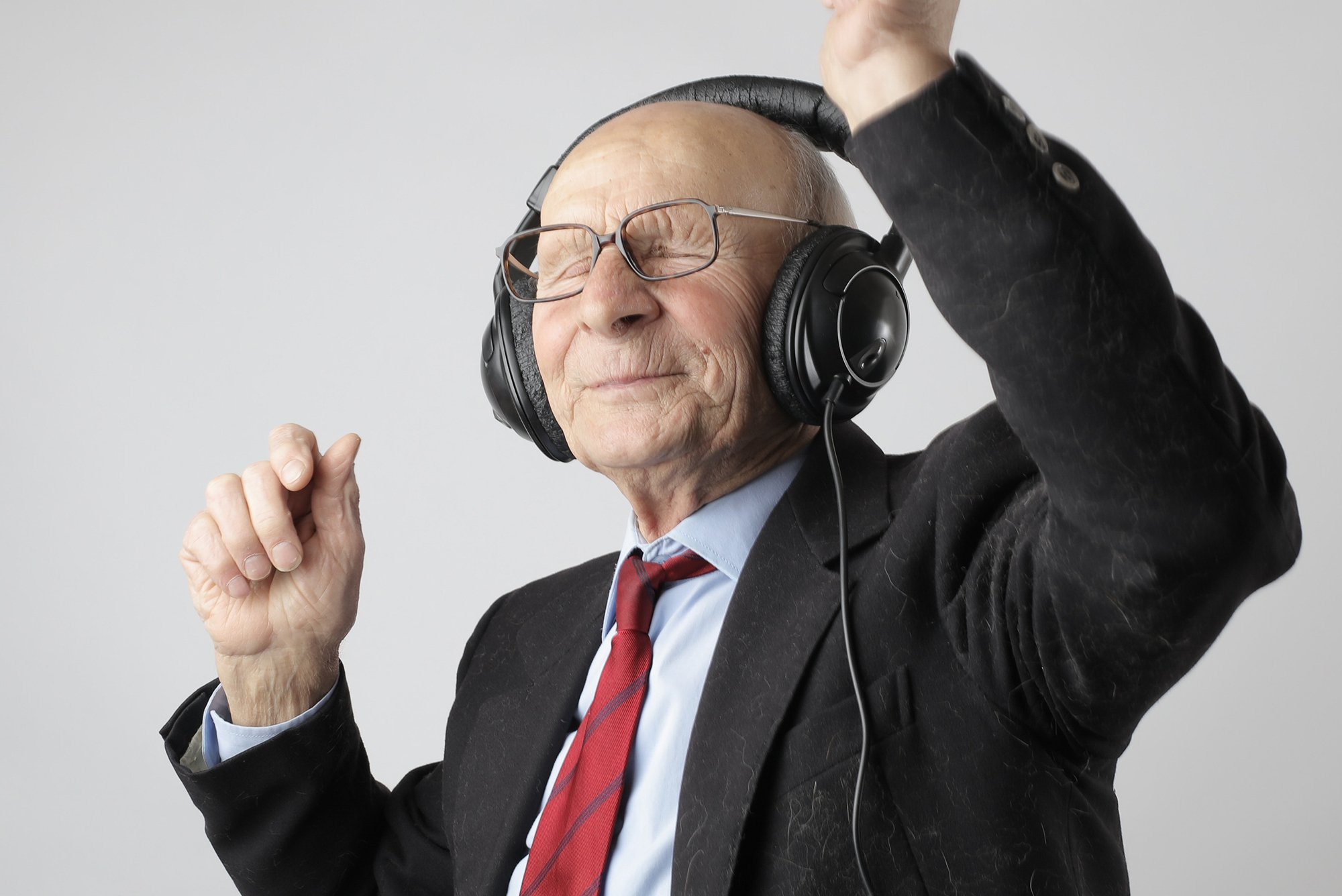If They Can’t Hear You, They Certainly Won’t Respond!
May 3, 2021

It is no secret that as we age, hearing loss often becomes an issue. Age-related hearing loss has a medical name, presbycusis, derived from Greek words meaning “elder hearing” (which seems pretty appropriate). It is the second highest age-related malady, after arthritis. And it sneaks up on us, gradually occurring as a result of our body’s aging process.
Nearly 27-million Americans age 50 or older have hearing loss. While it is not necessarily big issue for the younger end of the senior cohort – only 10% of those between the ages of 50 and 60 experience it – that percentage increases dramatically as we age. 25% of adults 65-74 years old must deal with it. That percentage increases to 55% among the 75-80 year-olds, and 89% among those over 80. For perspective, consider this: someone who is 85 years old needs speech to be about eight-times louder than a fifteen year-old in order to hear it comfortably. Yet, only one in seven seniors with hearing loss uses a hearing aid!
Hearing Loss Problems
Thanks to loud music and noisy environments, our ability to hear “soft” sounds deteriorates, so sounds must be louder before we can hear them. Consequently, sounds or speech may seem muffled to a person dealing with hearing loss, making it harder to hear details. TVs, radios, music players and telephones must be turned to louder volume, too.
Our ability to hear the highest frequencies is usually first to go. The higher the frequency, the louder a sound must be for us to hear it. Inability to hear high frequencies can hinder the ability to hear and understand artificial speech, high-pitched beeps and tones of appliances like microwave ovens and coffee makers. It can also inhibit the ability to discern the direction or source of sounds.
Another problem affecting a senior’s hearing is the inability to filter out background noise. Call it the “cocktail party effect.” Holding a simple conversation in a restaurant or bar requires intense concentration. And this can extend to conversations in automobiles, where hearing driving directions becomes difficult. Or listening to audio on a home computer, while the dishwasher is running. Hearing aids may provide some help, but their effectiveness is limited.
Finally, age-related hearing loss often diminishes the ability to understand another’s speech when spoken too fast or with a strong, unfamiliar accent.
Four Steps to Overcome Communication Obstacles Created by Hearing Loss
So given the challenges related to communicating with customers who are dealing with hearing loss, how can we improve delivery of a marketing message? Here are four steps you can take:
- No matter which medium you choose to communicate your message, make sure the audio is audible; that is, make sure it is loud enough and at lower frequency. Avoid high-pitched voices and sounds.
- Keep background noise to a minimum. That includes such elements as background music or other sound effects that might compete with the verbal communication.
- Where possible and appropriate, reinforce verbal communication with visual cues like images and text.
- Make verbal communication as normal as possible – not too fast; not too slow.
Ultimately, when communicating to older adults with hearing loss, clarity trumps creativity. After all, if that older prospect can’t understand your selling message, you are wasting your time, your effort and your money.





